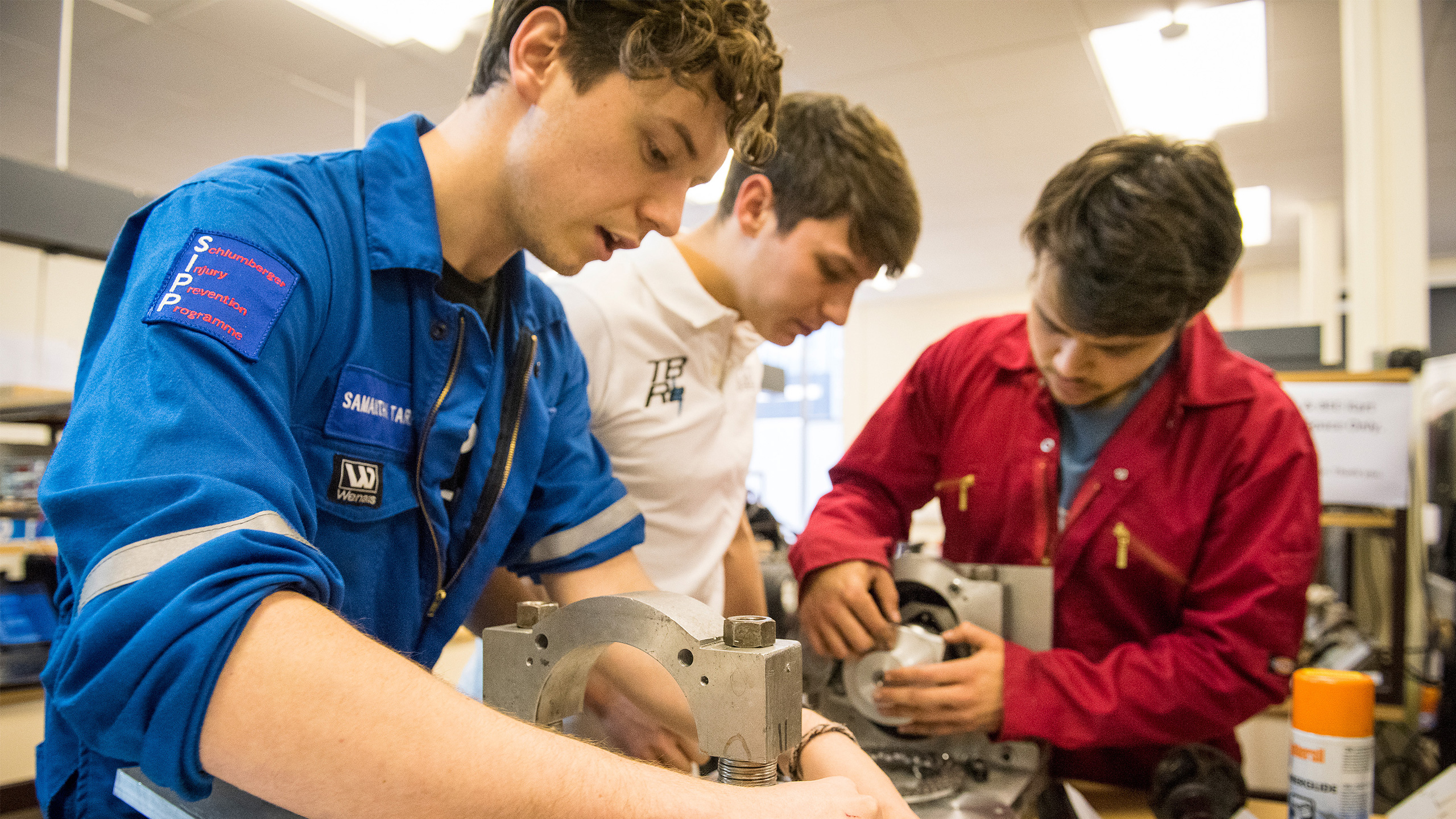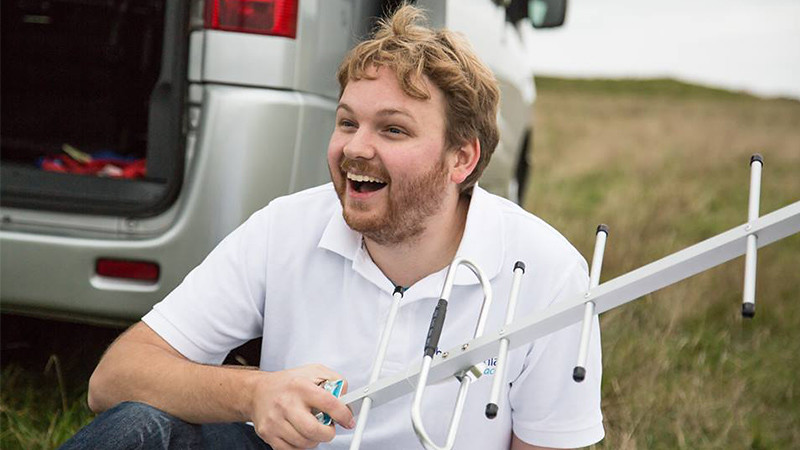Individual project work is an opportunity for our students to focus on a specialist topic and apply their data analysis, problem solving and communication skills. Projects usually involve a combination of analytical, computational and experimental elements investigated within a research environment.
Creating a novel design
For her project, Xiangyi worked to a brief provided by her supervisor Dr Philip Shields: "In the Department of Electronic & Electrical Engineering, we are conducting research into developing LEDs as a route towards energy-efficient lighting.
"I challenged Xiangyi to highlight our research by creating something special to Bath that the general public can engage with. To do this, she had to understand the fundamentals of how LEDs work so she could design them in the right way."
Xiangyi started her project by researching the history and principles behind LEDs and worked with Philip to develop preliminary LED design ideas. She settled on five different 'Bath' designs including a temple of Sulis motif in reference to the ancient Celtic goddess of Bath's thermal springs.
Taking the design to manufacture
Xiangyi used chip design software to lay out her designs into a pattern (covering 1cm x 1cm) and worked alongside a technician in our David Bullett Nanofabrication Facility to manufacture them into full LEDs. For Xiangyi, this was the best part of the project: "Working in the clean room was thoroughly enjoyable, the results after each single fabrication step were unpredictable, which brought unbounded possibilities."
Xiangyi then tested her LEDs using a probe station to analyse the reliability of her design. She checked the current was evenly distributed so that the illumination was uniform across the device.
This project allowed Xiangyi to oversee the entire process of design, fabrication and testing, as well as developing her skills: "One of the most important things I have learnt from this project is time management. A good work plan has a great impact on the finished outcome. I also learnt subject-specific skills like how to do manual alignment on the direct laser writer and how to work out the etching recipe according to the etch rate. I definitely strengthened my problem-solving skills and also my research skills by summarising my findings in a literature review."



